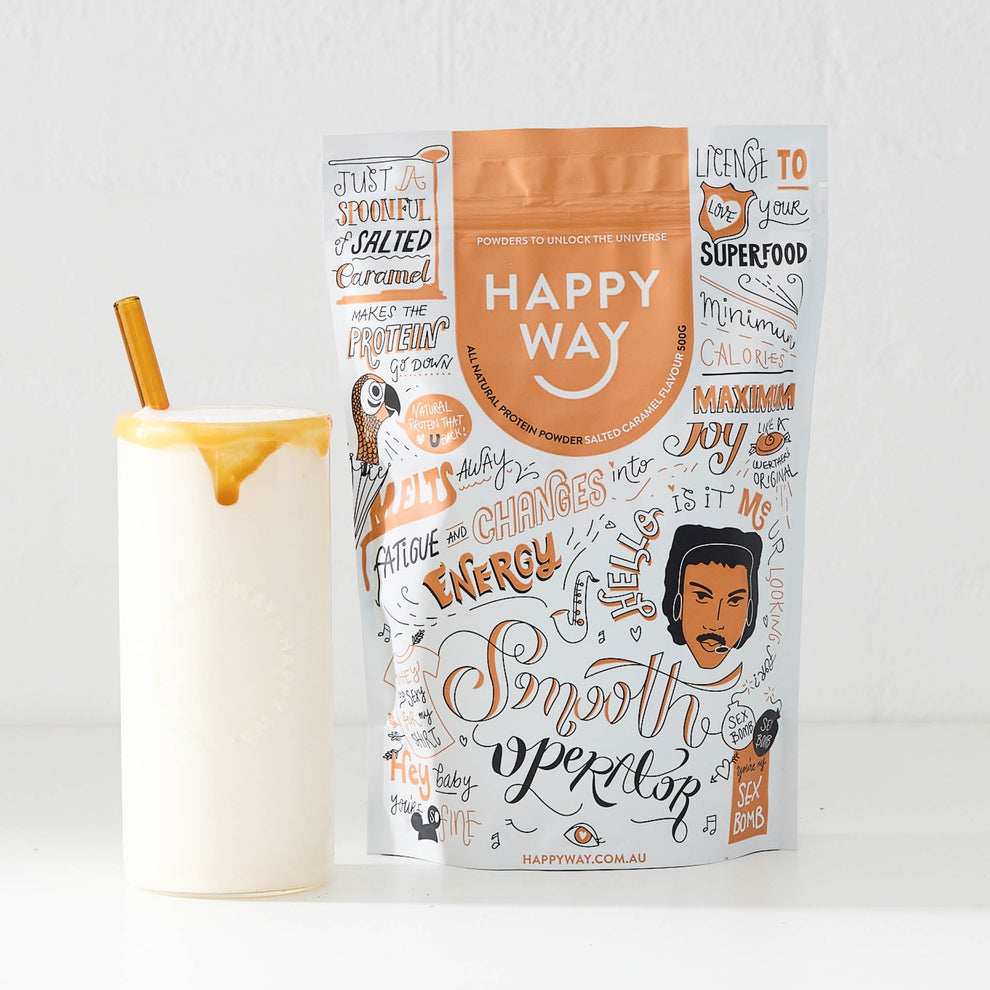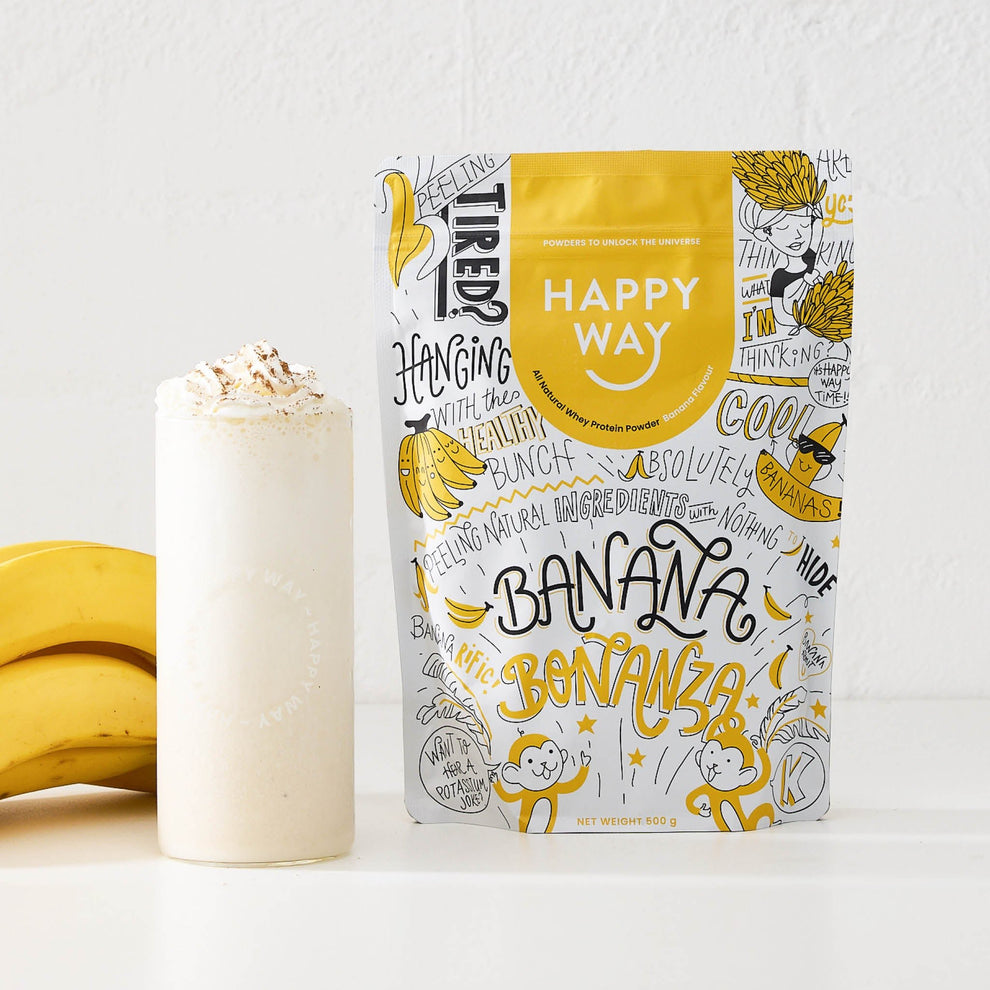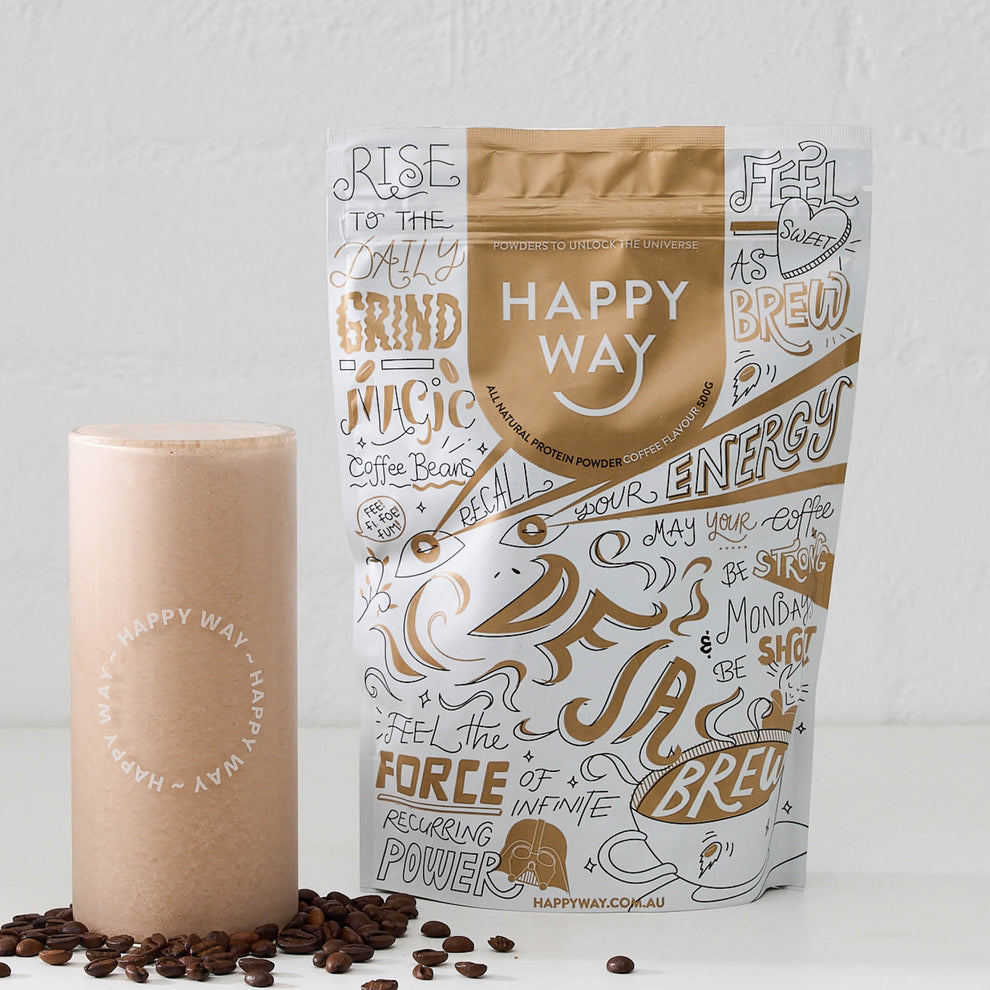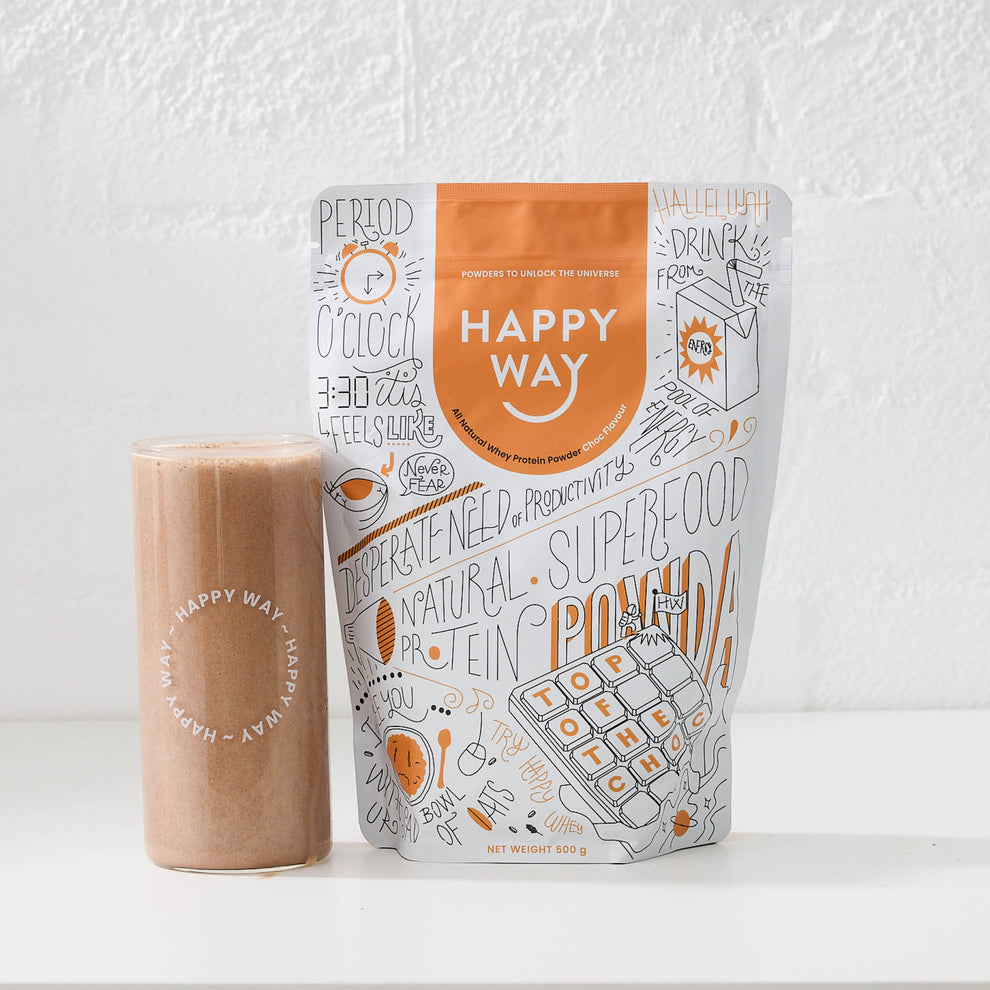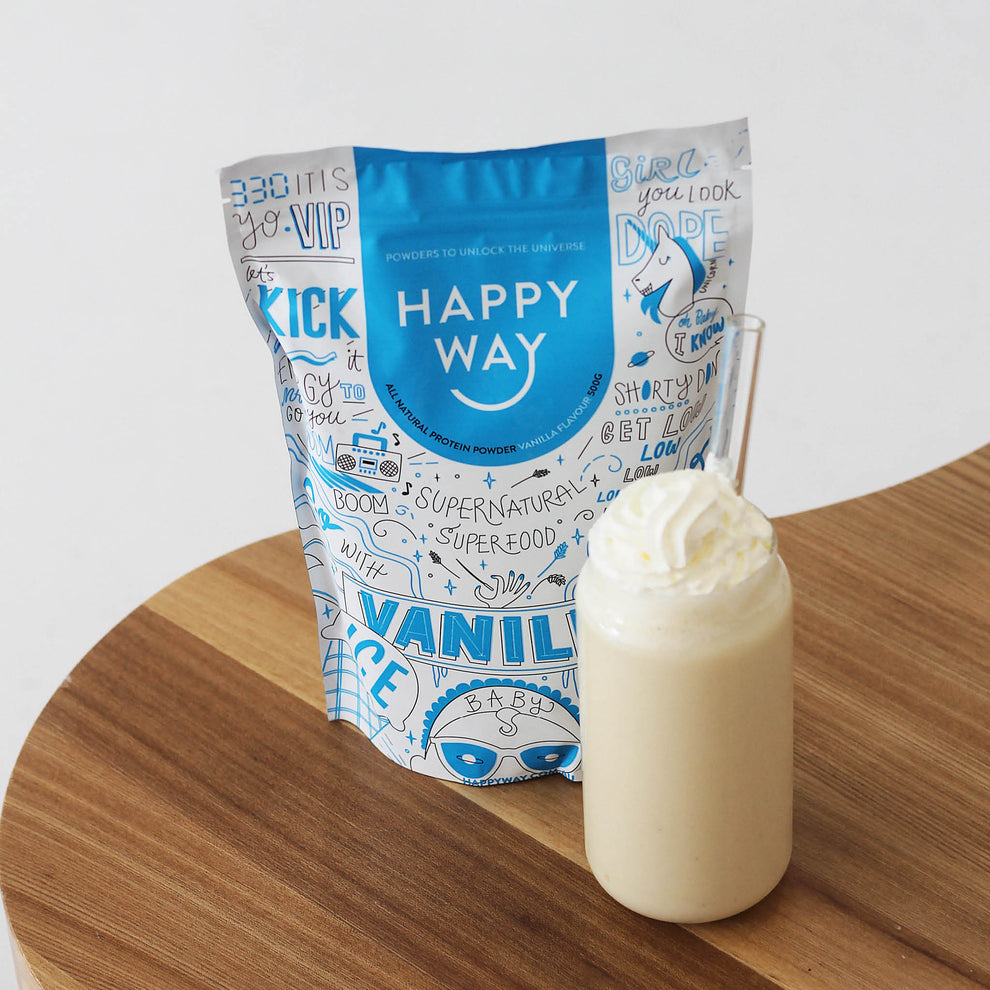Advantages of Mono-material PP Composite Packaging
Mono-material PP (polypropylene) packaging is made entirely from polypropylene and is increasingly adopted for its high recyclability, lightweight properties, and environmental benefits. Compared to traditional multi-material laminates (e.g., PET/PE, NY/PE), mono-PP structures offer clear advantages in advancing sustainable packaging.
1. Excellent Recyclability
Made entirely from PP, the structure is uniform and easy to recycle;
Complies with recycling guidelines such as CEFLEX (EU) and APR (US) standards;
Serves as a sustainable alternative to multi-material structures containing aluminum, PET, or nylon—supporting closed-loop recycling for flexible packaging.
2. Superior Clarity and Rigidity
PP provides high optical clarity, making it ideal for display packaging;
Offers better stiffness than PE, helping the packaging retain shape and enhancing shelf appeal;
Suitable for stand-up pouches, lids, and form-fill-seal applications.
3. Outstanding Heat Resistance
With a melting point around 160–170°C, PP is well-suited for high-temperature applications such as retort pouches or microwavable packaging;
Compared to PET, PP combines heat resistance with better recyclability.
4. Good Printability
PP films can be corona treated or coated for excellent surface tension, enabling high-quality printing;
Supports a wide range of finishes and laminations for strong visual impact.
5. Lower Density = Lightweight Packaging
PP has a density of about 0.90 g/cm³, which is lighter than PET (~1.38) or PA (~1.15);
This makes it lighter per unit thickness, reducing packaging weight and transportation costs.
6. Strong Chemical Resistance
Resistant to most acids, alkalis, and solvents;
Suitable for packaging food, pharmaceuticals, and chemicals.

